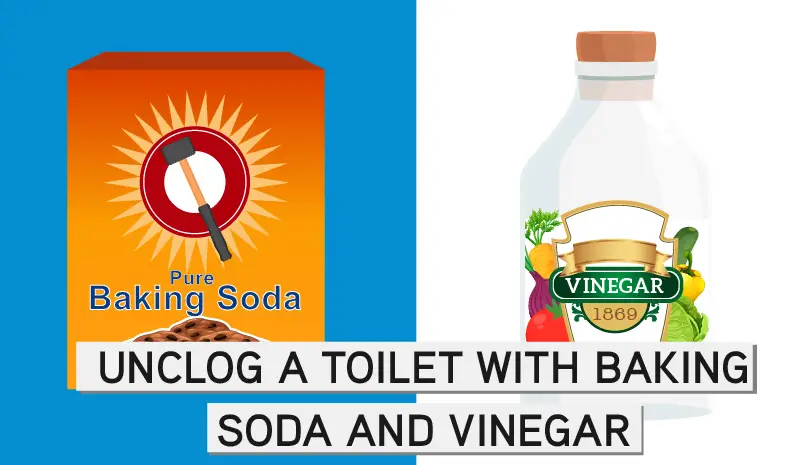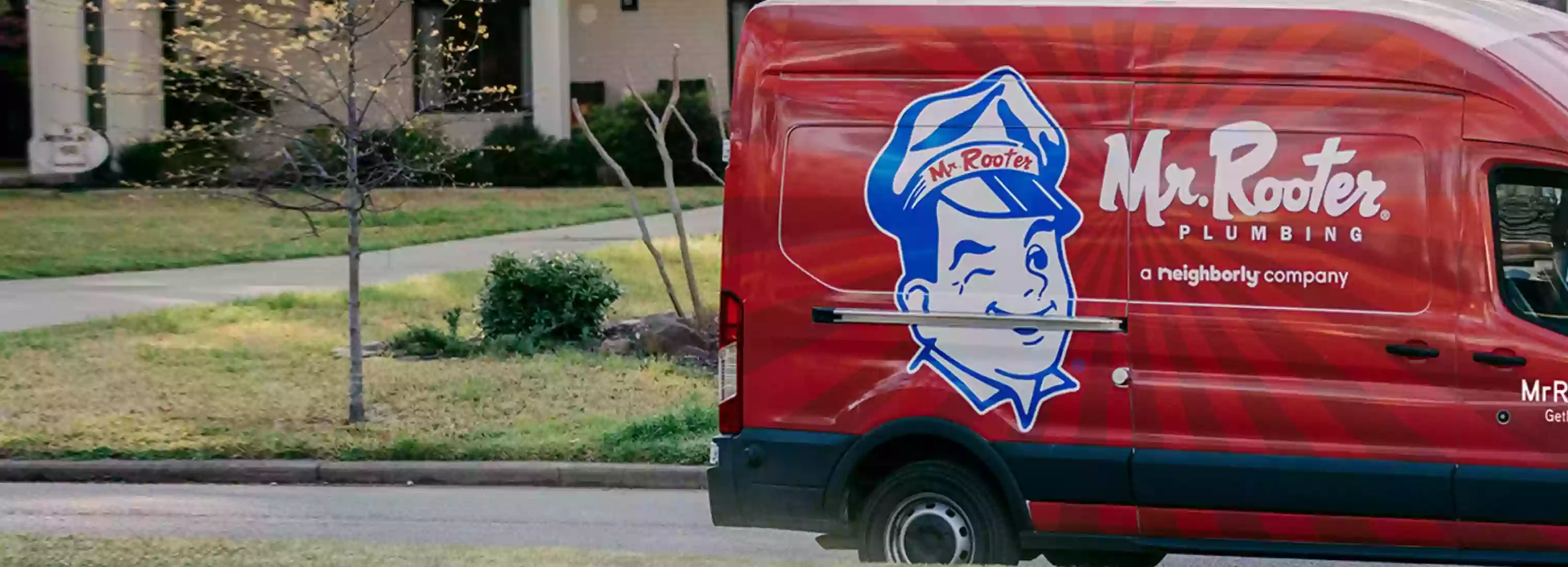How to Unclog a Toilet with Baking Soda and Vinegar

When plunging fails, you can always call a professional to get the job done. But there’s one more method worth trying before throwing in the towel — baking soda and vinegar.
In this guide, we’ll show you how to unclog a toilet using baking soda and vinegar.
Steps for Unclogging a Toilet with Baking Soda and Vinegar
Here are the steps to unclog your toilet using this fizzy chemical reaction:
- Fill the toilet bowl halfway with water: You need just enough water to jumpstart the chemical reaction; too much will cause the bowl to overflow. Use hot water to fill the bowl halfway.
- Pour one cup of baking soda into the toilet bowl: The baking soda should go in before the vinegar, or the reaction will happen too quickly.
- Slowly pour one cup of vinegar into the bowl: Go slowly because pouring the distilled white vinegar too quickly will cause the reaction to foam out of the bowl.
- Let the mixture sit for 30 minutes: Letting the mixture sit gives it time to break up the clog.
- Test to see whether it worked: The water level should go down once the clog is broken up. There may also be bubbles coming up from the bottom of the bowl. If you see these signs, it’s safe to flush the toilet to check your work. Be ready to close the water shut-off valve behind the toilet in case it starts to overflow, though.
If this doesn’t clear the clog, start over at step one and repeat it up to three times. For even more effective clog clearing, let the fizzing mixture sit overnight and/or combine this method with plunging.
Does Baking Soda and Vinegar Clear Clogs Better Than a Plunger Does?
Baking soda and vinegar is generally more effective at clearing clogs than a plunger is. Plunging increases pressure in your pipes to push or pull a clog out of position. This often works, but some clogs are resistant to this clearing method.
The vinegar and baking soda method applies pressure and friction to help break up clogs. The pressure comes from the expansion of the foam as it works itself further into the pipe. When the foam reaches the clog, there may be enough force to push the clog down the pipe.
Pressure isn’t the only way that the baking soda and vinegar trick clears clogs. The fizzing reaction also breaks down the clog. When the clog is broken down into particles, it will more easily flush down the toilet drain.
This method can also clean your pipes. The same fizzing action that breaks up clogs also removes gunk from the interior of your pipes. Follow the steps listed above once every six months. In the long term, this can help prevent future clogs.
Call Mr. Rooter for Help with Stubborn Toilet Clogs
If your toilet keeps clogging, you may have other more serious plumbing problems such as mineral buildup or pressure issues. Contact your local Mr. Rooter Plumbing to investigate your plumbing system and make the necessary repairs.
Schedule an appointment online now. Click to call
Click to call


